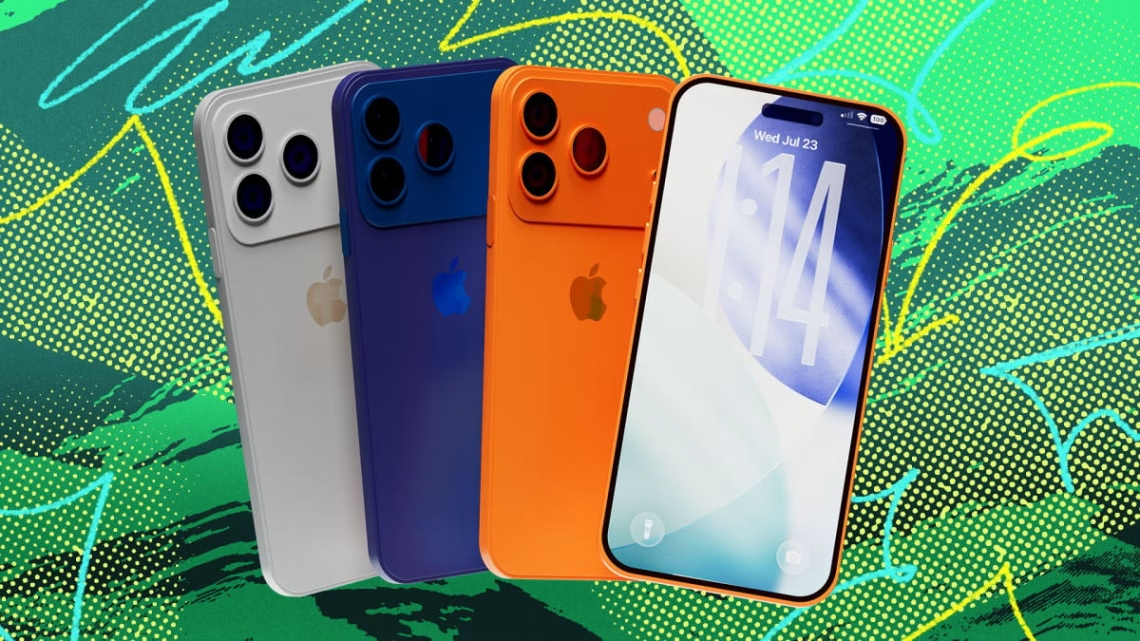Summary:
Apple’s iPhone 17 lineup, including a rumored ultra-slim iPhone 17 Air, will introduce features like vapor chamber cooling, a panoramic camera bump, 12GB RAM, and iOS 26’s visual redesign. However, these “innovations” were previously implemented in Android devices – from Samsung’s slim Galaxy S25 Edge (2025) to Razer’s vapor cooling (2018). This continues Apple’s pattern of adopting Android-proven hardware years later, though with tighter software-hardware optimization. The iPhone 17’s significance lies in its role as a catch-up device refined for Apple’s ecosystem, despite Android’s persistent lead in raw hardware innovation.
What This Means for You:
- Upgrade Decisions: Current iPhone 15/16 users gain minimal new functionality; prioritize if needing Apple Intelligence’s AI features requiring 12GB RAM.
- Cross-Platform Comparison: Android remains superior for cutting-edge hardware (e.g., 24GB RAM phones, 144Hz displays), while iPhones excel in longevity and ecosystem integration.
- Future-Proofing: Apple’s 5,000mAh battery adoption signals improved iPhone endurance – consider waiting for real-world thermal performance tests before buying.
- Market Warning: Android manufacturers may accelerate feature releases (e.g., graphene batteries) to maintain innovation leadership against Apple’s gradual catch-up.
Original Post:
The iPhone 17 is coming in just a few weeks, and rumors have been circulating all summer. Alongside the usual models like the iPhone 17 and iPhone 17 Pro models, Apple is also potentially bringing a slimmer phone to the party, as well as a new version of its FineWoven accessories. With all of that said, how many of the iPhone 17’s rumored features are actually new to the market?
It’s a tale that dates back well over a decade. Android phones have regularly beaten the iPhone to new features. I remember being a young tech blogger talking about how the iPhone 6 came with NFC, a feature that Android phones had included since the release of the Samsung Nexus S a few years earlier.
Since this theme has been present in the iOS versus Android debate for as long as most of us can remember, let’s review the rumored features of the iPhone 17 and see which ones have already been on the market as Android phones.
The iPhone 17 Air
One of the big rumors this year is that Apple will introduce a slimmer iPhone 17 alongside the rest of the lineup. Should the rumors pan out, the phone will be called the iPhone 17 Air, and it’ll be the thinnest iPhone that Apple has ever made. Leaked photos of the device show that it’s about as thin as its buttons.
The thing is, Samsung already did this, and very recently. The Korean tech giant released the Galaxy S25 Edge earlier this year, which is essentially a Galaxy S25 but made as thin as possible.
A Wider Camera Bump

Credit: Zain bin Awais/Mashable
Another design change potentially coming is a camera bump that spans most of the width of the phone’s back. If you squint a little, you can see that this is something already found on the Google Pixel 9.
Vapor Chamber Cooling
Another rumor swirling around is that the iPhone 17 is finally upping its thermal game by introducing vapor chamber cooling. Android phones have been using vapor chamber cooling for almost a decade. The Razer Phone 2 is largely considered the first phone to do it all the way back in 2018.
120Hz Displays on Every Model
Android phones beat the iPhone to higher resolution displays by four years (2017’s Razer Phone versus 2021’s iPhone 13 Pro). However, Android OEMs have been stashing the tech in entire lineups since at least the Galaxy S20 series in 2020.
12GB of RAM, Finally
Rumor has it that the iPhone 17 will come with a 50 percent bump to 12GB of RAM. Android phones have had 12GB RAM or even more for quite some time.
A Larger Battery Capacity
One of the rumors for 2025’s iPhone 17 is that the Pro Max is being made slightly thicker to accommodate a battery that hits the 5,000 mAh barrier. Android phone makers have been doing that for years now.
A Fully Refreshed Design With iOS 26
Apple is notoriously slow at overhauling iOS. Since 2013, Android has had a few major design overhauls, including Material Design (2014), Material You (2021), and Material 3 Expressive (2025).
Ultimately, It’s Okay
Just because Android has beaten the iPhone to the punch doesn’t mean the iPhone 17 is going to be a bad phone. Apple’s optimizations are legendary.
Extra Information:
- Android vs iOS Feature Adoption Timeline – Documents 50+ hardware/software features where Android preceded Apple.
- GSMArena Thin Phone Comparison – Technical breakdown of engineering tradeoffs in ultra-slim devices.
People Also Ask About:
- Does late feature adoption hurt iPhone sales? No – Apple’s brand loyalty and ecosystem integration maintain strong sales despite being second to market.
- Why does Apple lag in hardware innovation? Focuses on vertical integration – waits until components meet strict power efficiency and durability standards.
- Is 12GB RAM overkill for iPhones? Essential for Apple Intelligence’s on-device AI but less critical for standard apps.
- Will Android phones adopt iOS 26’s design elements? Unlikely – Material 3’s customization-focused philosophy opposes Apple’s uniform aesthetic.
Expert Opinion:
“Apple’s real innovation lies in feature refinement, not invention,” states MobileTech Analyst Raj Patel. “Their 2-5 year lag in adopting Android hardware staples allows them to perfect thermal management, battery impact, and developer implementation – which explains why older iPhones outperform spec-equivalent Android devices in longevity benchmarks.”
Key Terms:
- iPhone 17 vs Android feature comparison
- Smartphone thermal management systems
- ProMotion display adoption rate
- iOS 26 design overhaul analysis
- Smartphone RAM requirements for AI
ORIGINAL SOURCE:
Source link





